Aerospace alloys
The addition of scandium to aluminium creates nanoscale Al3Sc precipitates which limit the excessive grain growth that occurs in the heat-affected zone of welded aluminium components. This has two beneficial effects: the precipitated Al3Sc forms smaller crystals than are formed in other aluminium alloys and the width of precipitate-free zones that normally exist at the grain boundaries of age-hardenenable aluminium alloys is reduced.
 Parts of the Mig–29 are made from Al-Sc alloy
Parts of the Mig–29 are made from Al-Sc alloy
Scandium is also a potent grain refiner in cast aluminium alloys, and atom for atom, the most potent strengthener in aluminium, both as a result of grain refinement and precipitation strengthening. However, titanium alloys, which are stronger but heavier, are cheaper and much more widely used.
You might also like
| Precipitation Hardening Precipitation Hardening Overview Precipitation... | What are Magnesium Alloys ? Magnesium Alloys Magnesium alloys are mixtures... | What is Superalloy ? What is Superalloy ? - Definition and Meaning A... | How does Friction Welding Work ? What is Friction Welding ? Friction welding... |
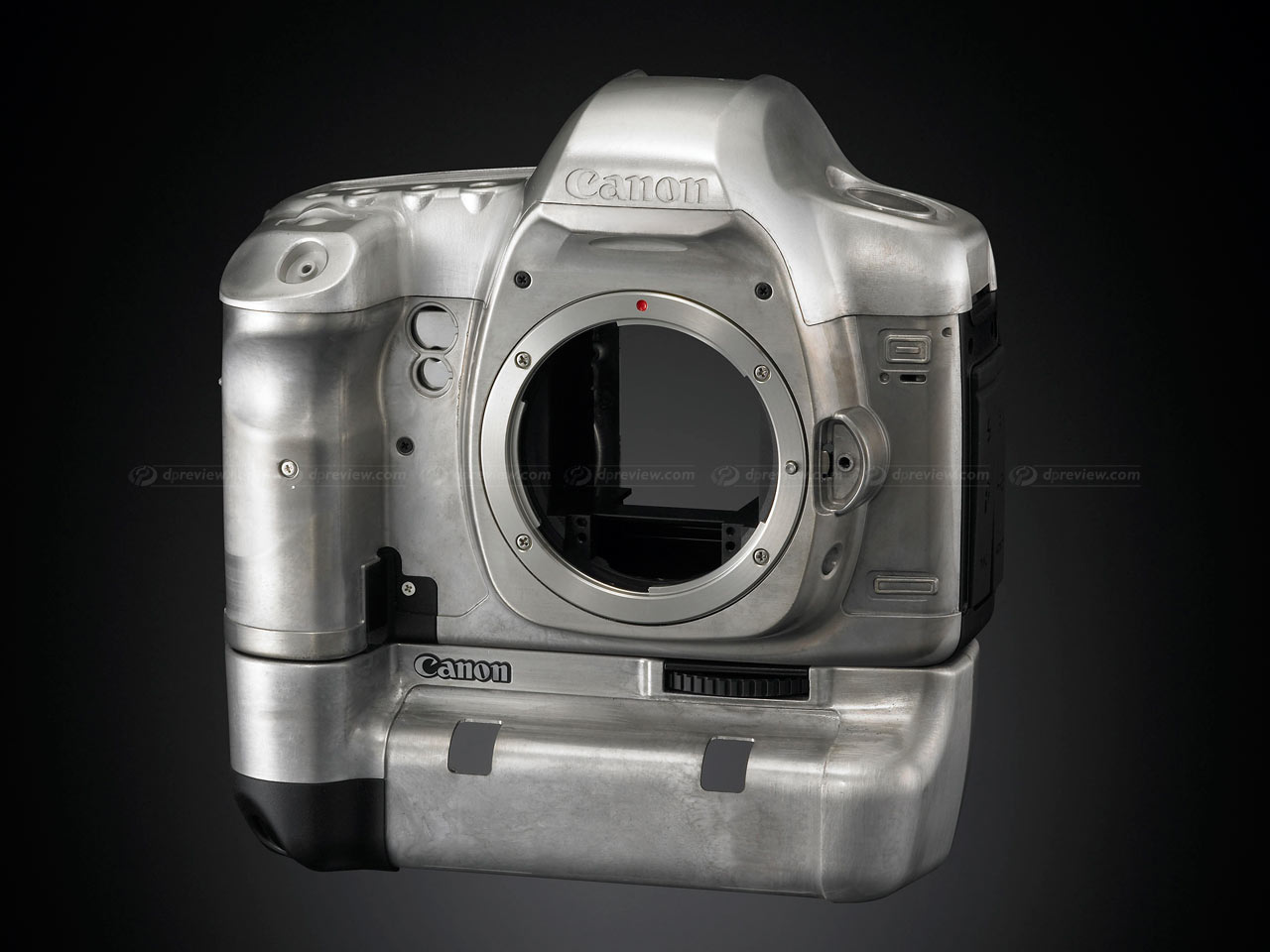
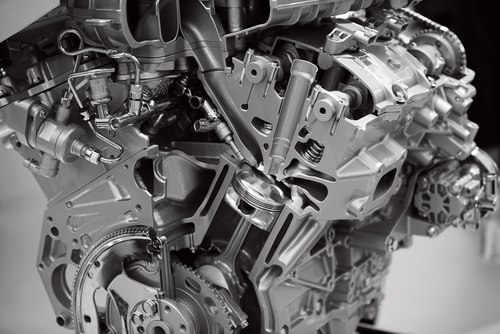
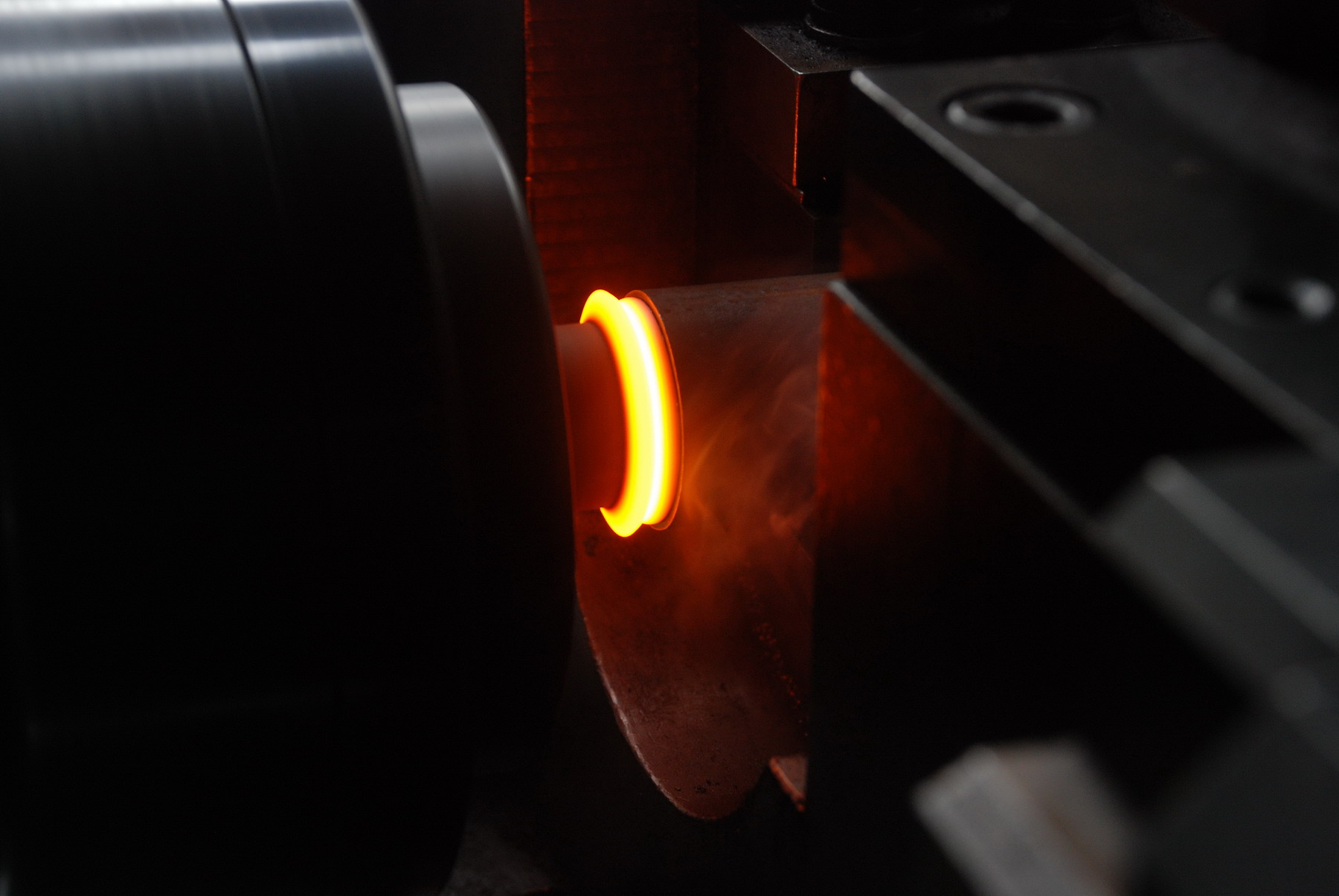
 Alloy Suppliers
Alloy Suppliers
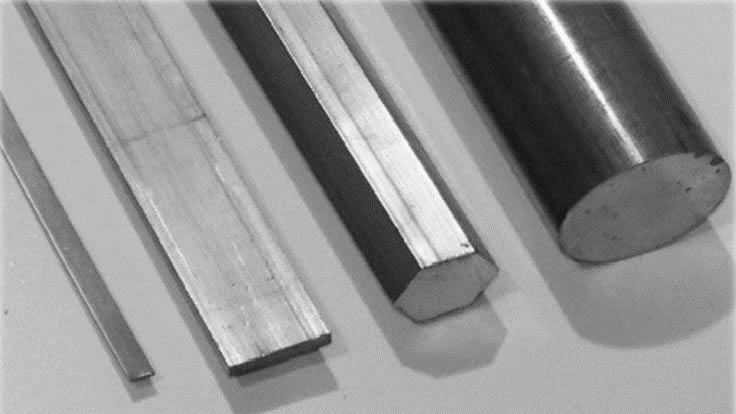 Aluminum
Aluminum
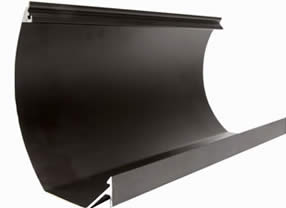 Aluminum Extrusions
Aluminum Extrusions
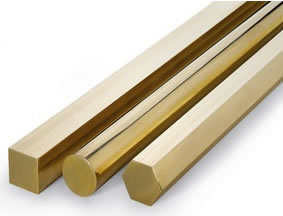 Copper-Brass-Bronze
Copper-Brass-Bronze
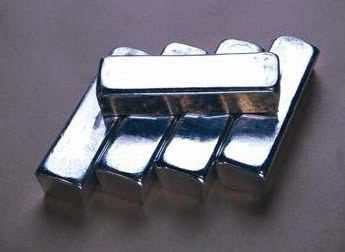 Nickel
Nickel
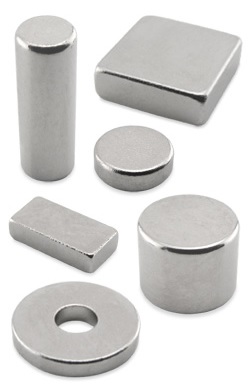 Magnets
Magnets
 Stainless Steel
Stainless Steel
 Stainless Steel Tubing
Stainless Steel Tubing
 Steel Service Centers
Steel Service Centers
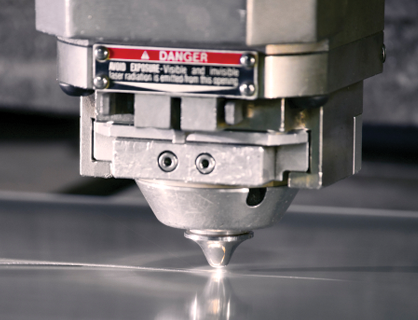 Titanium
Titanium
 Tungsten
Tungsten
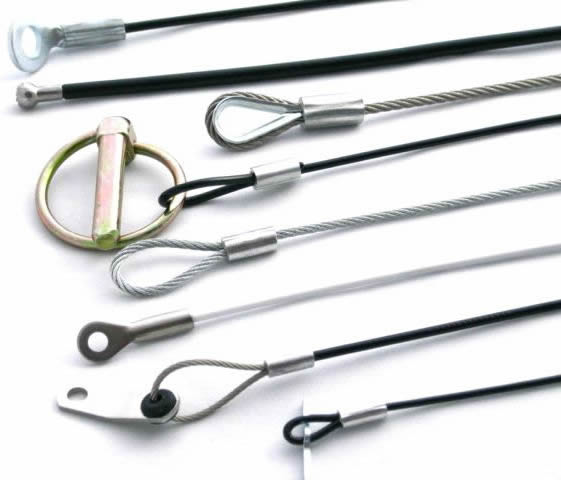 Wire Rope
Wire Rope